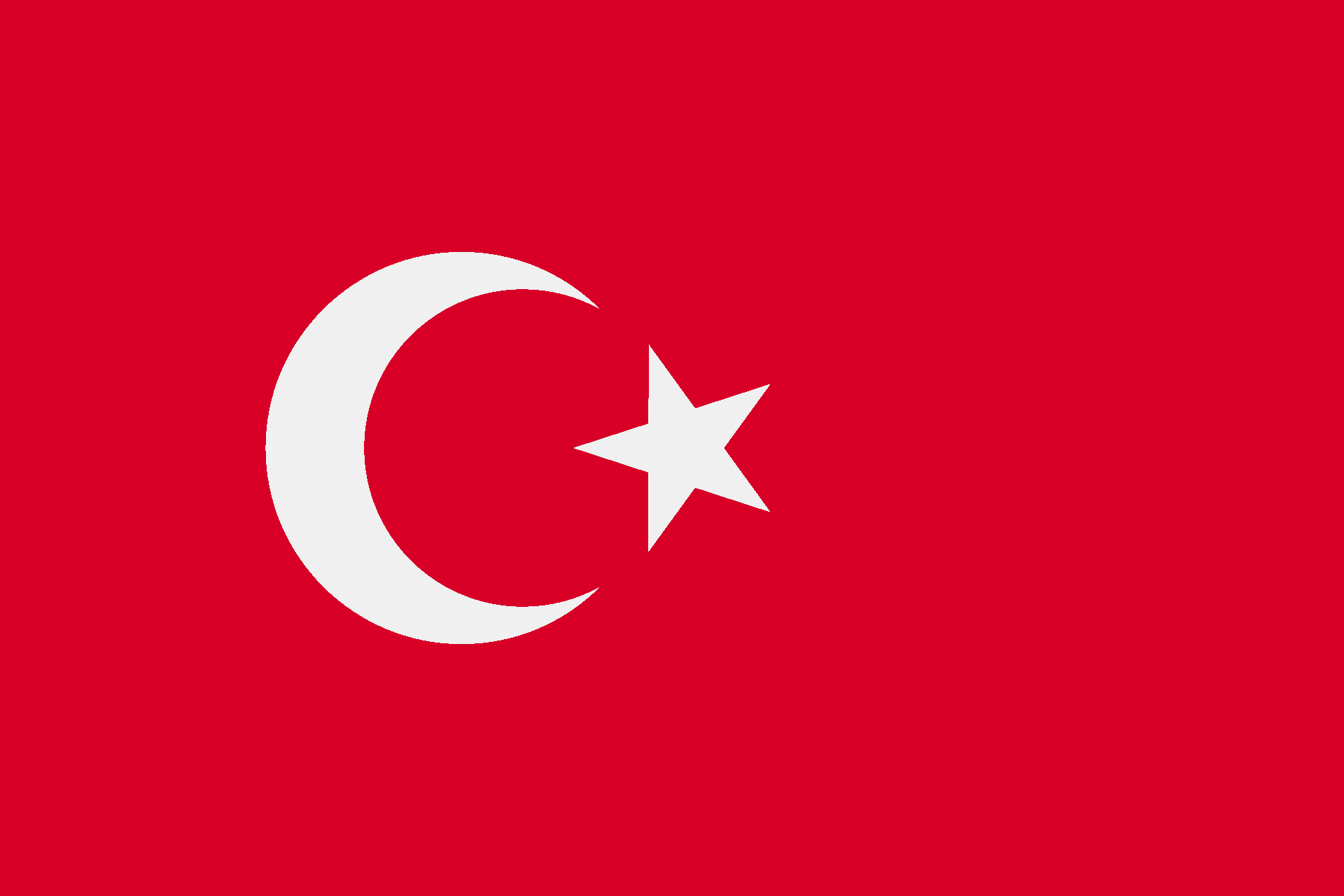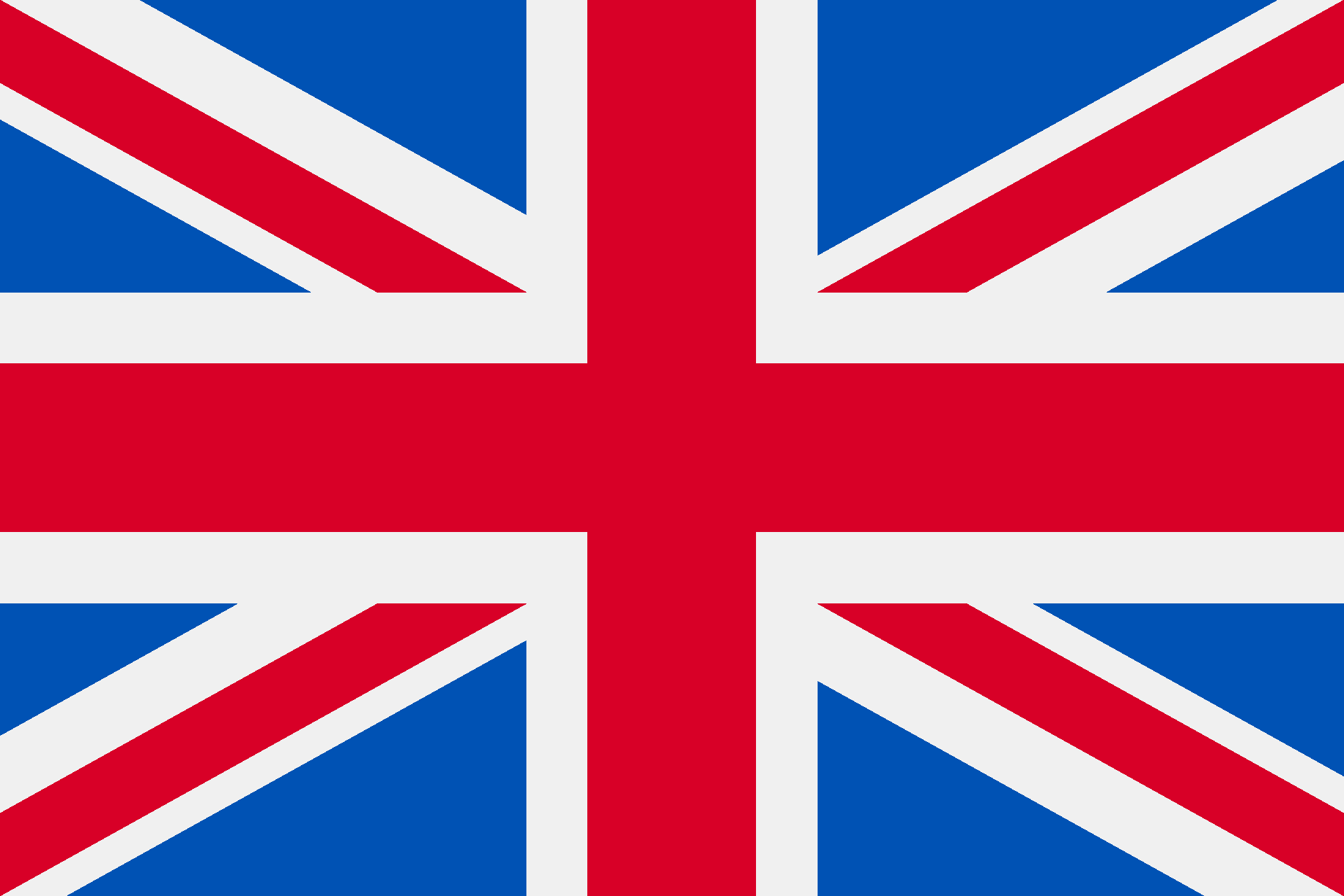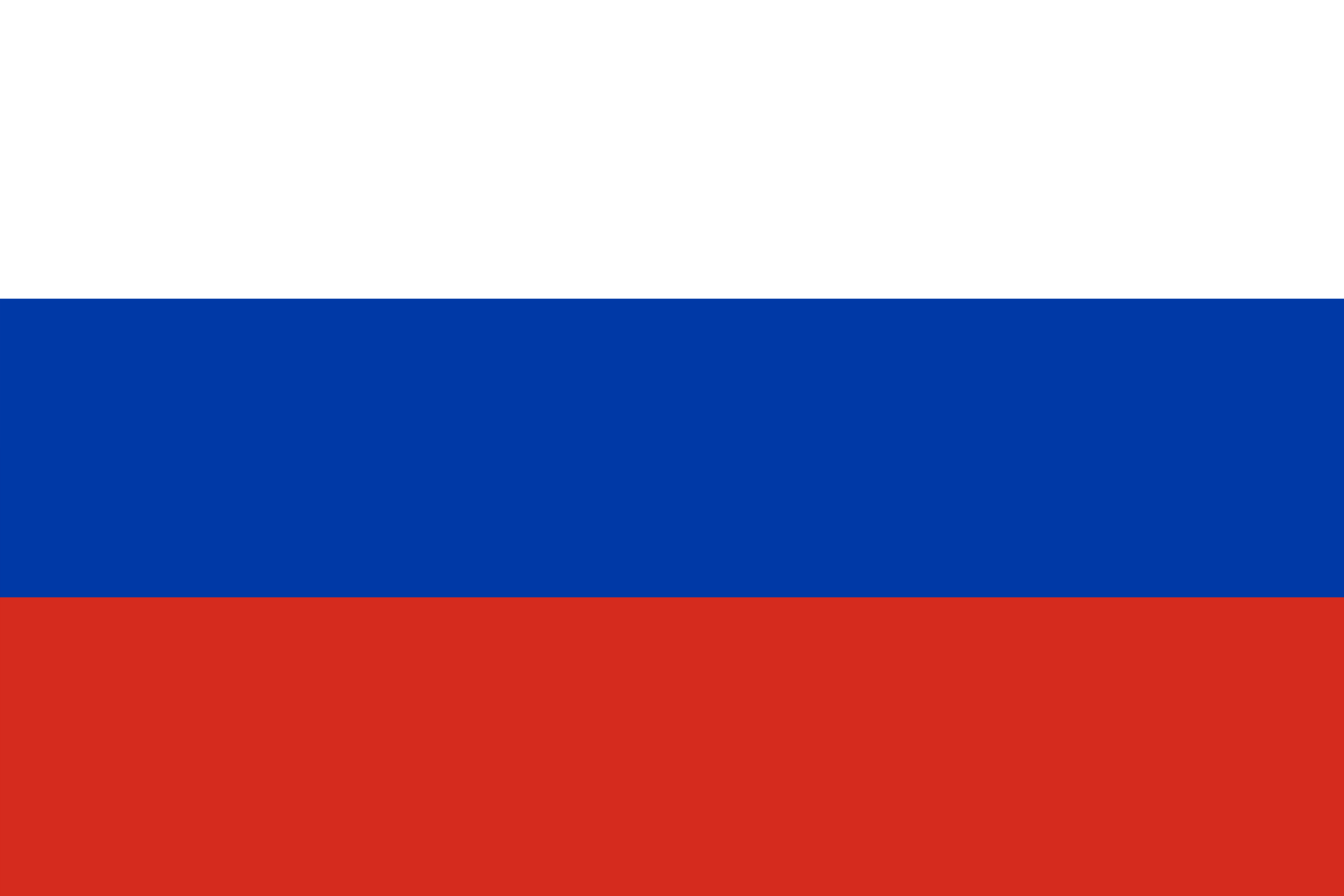REGENERATED YARN UşAK
After consumption, plastics and used textile and apparel residues are recycled and offered for use. Regenerated yarn Uşak factory both contributes to the national economy and saves money in many aspects by producing recycled yarn.
The yarns, which are stronger and more durable than traditional yarn, are regenerated by Uşak regenerated yarn factories and natural processes to separate the materials into their original components, which can then be used to create yarns.
What is Regenerated Yarn?
Regenerated yarn produced as recycled yarn; It is a yarn that is used once and cleaned and processed so that it can be reused. The yarn produced in the carding machines and draw frame machines in the Uşak regenerated yarn factory; It is made from chopped, spun and woven fibers together.
Cutting and twisting process, which makes regenerated yarn a more durable option. Regenerated yarn is produced in Uşak factories with high quality and is exported both within the country and abroad.
Where is Regenerated Yarn Produced?
Regenerated yarn production in our country; It is made from recycled materials. New products are often created from scraps of plastic, apparel, and textiles that can be used to create new products.
- In the textile industry;
- In industrial applications;
- In fashion and accessories;
- It can be used in home furniture.
The regenerated yarn type made from recycled materials by regenerated yarn manufacturers has many potential uses. It is also used in areas such as clothing, insulation materials, pet beds.
What Happened to Regenerated Yarn Prices?
Regenerated yarns have many advantages as it is a more sustainable choice than traditional yarn. It is more economical than normal yarns. It has a longer life than normal yarn.
It is easier to maintain and your braids do not wrinkle easily. Since it is made from recycled materials, it contributes to a cleaner environment. It does not contain any harmful chemicals or dyes, which makes it safer to use.
Some issues come to the fore in determining the price of regenerated yarn. Uşak regenerated yarn prices; Factors such as the quality of the fiber, the raw materials used, availability, weight, and labor costs come to the fore.
The weight of the yarn will affect its price. A heavier yarn will be more expensive than a light yarn. The thread type is important. Wool is generally more expensive than cotton. Where the yarn is renewed is also among the factors affecting the prices.








